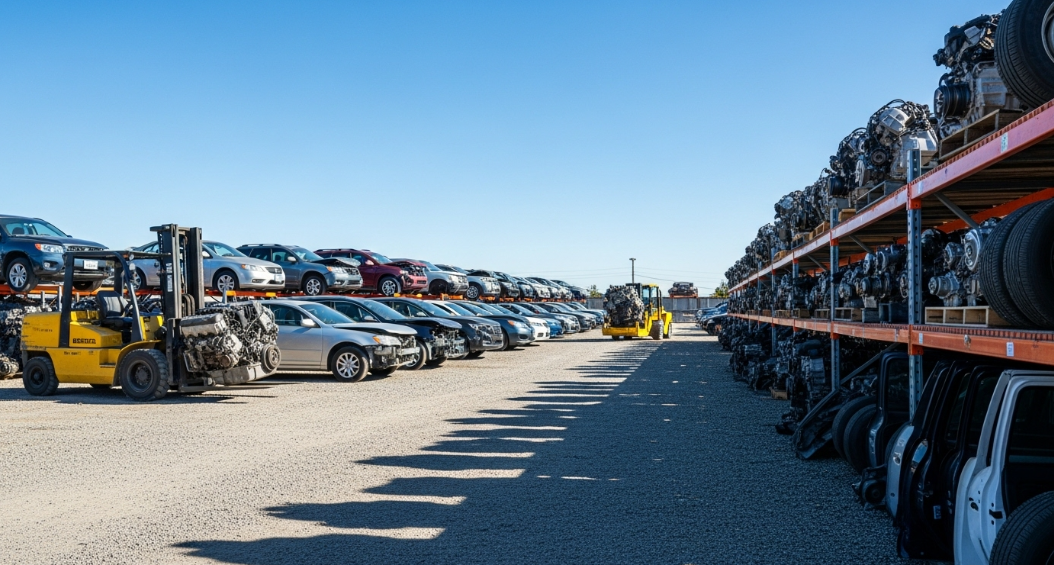How Speed Bumps Reduce Accidents in Residential Areas

Residential areas are meant to be safe spaces where families, children, and pedestrians can move freely without fear of speeding vehicles. However, reckless driving and excessive speeding pose significant risks in these neighborhoods. One of the most effective ways to enhance road safety is by installing speed bumps.
This article explores how speed bumps play a crucial role in reducing accidents in residential areas and ensuring a safer environment for everyone.
Why Residential Areas Need Speed Bumps
1. Slowing Down Speeding Vehicles
One of the primary causes of accidents in residential areas is speeding. Speed bumps force drivers to reduce their speed, minimizing the chances of sudden collisions with pedestrians, cyclists, and other vehicles.
2. Enhancing Pedestrian Safety
Children playing outside, people walking their pets, and elderly residents crossing the road are vulnerable to fast-moving vehicles. Installing speed bumps creates safer zones where pedestrians can walk without fear of speeding cars.
3. Preventing Reckless Driving
Without physical road barriers, some drivers may ignore speed limits. Speed bumps serve as a deterrent to reckless driving by making it uncomfortable to drive at high speeds.
4. Encouraging Responsible Driving Behavior
When drivers encounter speed bumps, they become more cautious and aware of their surroundings. This leads to better compliance with traffic rules and safer driving habits.
How Speed Bumps Reduce Accidents
1. Creating Traffic-Calming Zones
Residential streets often have narrow roads and multiple intersections. Speed bumps help establish traffic-calming zones where vehicles must slow down, reducing the risk of sudden crashes.
2. Controlling Vehicle Flow Near Schools and Playgrounds
Many residential areas have schools and playgrounds where children frequently cross the road. Speed bumps ensure vehicles approach these areas at controlled speeds, lowering the chances of accidents.
3. Reducing Impact in Case of a Collision
Even if an accident occurs, the reduced speed caused by speed bumps lessens the severity of the impact, minimizing injuries and property damage.
4. Improving Safety in Driveways and Intersections
Driveways and intersections are common accident spots in residential areas. Speed bumps force drivers to slow down, allowing them to better assess their surroundings before making turns or entering roads.
Conclusion
Installing speed bumps in residential areas is a simple yet highly effective way to reduce accidents, enhance pedestrian safety, and promote responsible driving. Whether placed near schools, playgrounds, or busy intersections, these traffic-calming measures create a safer environment for everyone.







